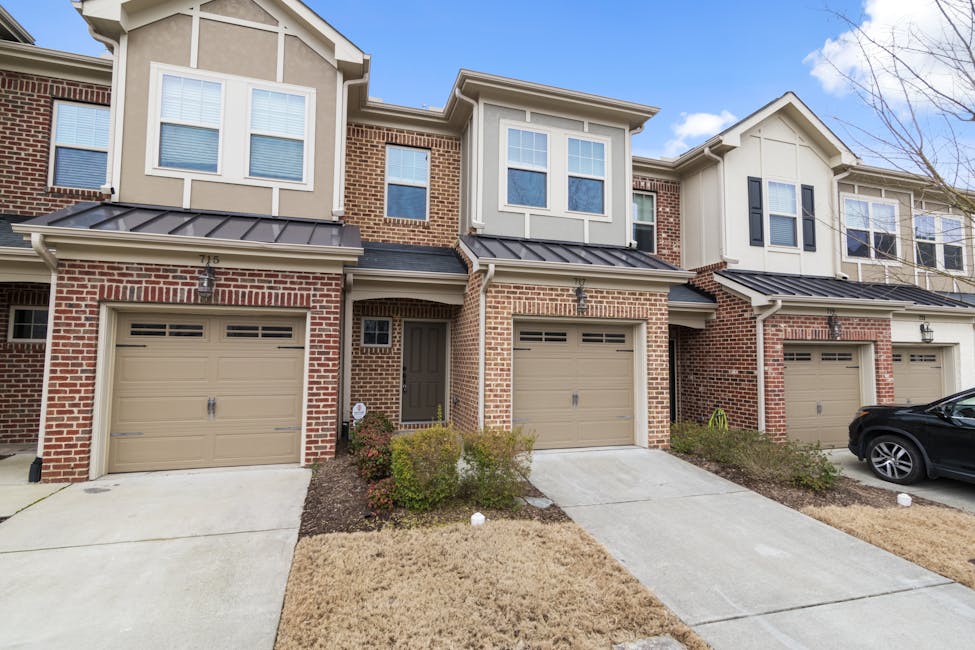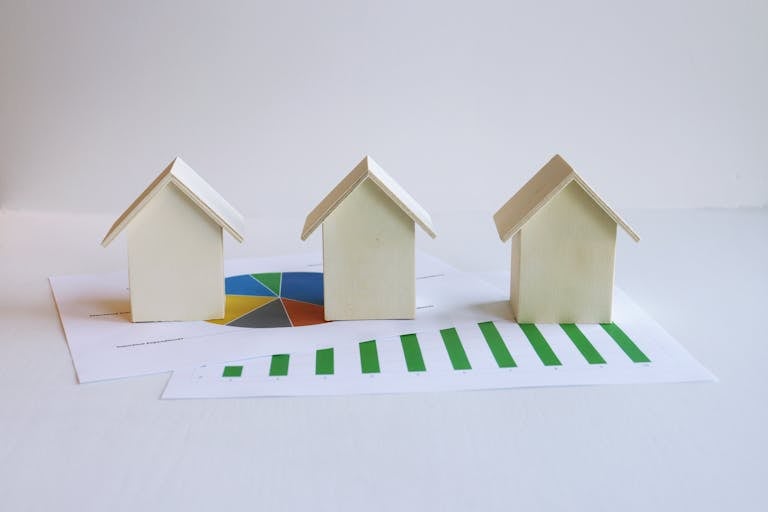This article is the last in our series on how to use real estate investment properties to fund your retirement. In a previous article, we discussed different types of retirement accounts that can be used to hold real estate. In this article, we will show you how to choose the best self-directed retirement account for your rentals.
Different Types of Retirement Accounts for Your Rentals
First, let’s take a few moments and review the different types of retirement accounts that can hold real estate investments. Not all retirement accounts can hold your rentals properties. You must use a self-directed retirement account. Here are the top choices:
While each of these accounts can have real estate as part of their investment portfolio, there are some very important differences that will have a significant impact on your cash flow. Here are the main differences. If you want a more detailed explanation, read our article entitled “How to Place Your Rental Properties into a Self-Directed Retirement Account.”
- Self-Directed Traditional IRA
- Deposit Year: Tax deductions
- Withdrawal Year: Pay Income Tax
- Individual 401(k)
- Deposit Year: Tax deductions
- Withdrawal Year: Pay Income Tax
- Self-Directed Roth IRA
- Deposit Year: No tax benefits
- Withdrawal Year: Tax Free
Paying the Bills with a Self-Directed Retirement Account
When you place rental property, or other real estate investments into a retirement account, it is owned by the IRA. It is managed by the IRA. All expenses must be paid by the IRA. You are simply a passive investor. Hence, your retirement account must have enough funds to manage your investment. Now, if you have invested wisely, then your rentals should always have a positive cash flow so that shouldn’t be a problem.
Getting Financing with a Self-Directed Retirement Account
You basically have two broad options when it comes to financing your rental properties within your retirement account. You can use funds within that retirement account to purchase your investment property or you can obtain a non-recourse mortgage. The mortgage must be in the name of the retirement account.
There is, however, one matter of concern. A financed property, within a retirement account, may create what is known as unrelated business taxable income (UBIT). The IRS categorizes the income generated by the percentage of the investment covered by the mortgage as business income rather than investment income.
For example, if you have an investment property with a loan-to-value of 70%, then 70% of the rental income will be taxed. But you can also write off 70% of the expenses and depreciation. When all said and done, often this tax is quite minimal when compared with the financial benefits of having your rentals in a retirement account. You should talk to your tax adviser, however, to get all the details, but suffice it to say, it is much better to have cash investments within an IRA or use the funds within your IRA to buy your investment properties.
Which is the Best Self-Directed Retirement Account?
You are going to want to put your real estate investments in a Roth IRA. With a Roth IRA, all your withdrawals after the age of 59 ½ are TAX-FREE. Remember, you must leave the cash flow within your retirement account. All of that income will be compounding year after year. In addition, we hope your investment has appreciated significantly. When you make a withdrawal, under a Traditional IRA or Individual 401(k), you will pay taxes based on current income tax rates. The income taxes can get as high as 39.6% – ouch!
Do you want to see how an investment would play out in each retirement account? Let’s say you buy an apartment building for $350,000 when you are 40 years old. You plan to retire at 60. During the first year, the net operating income is $31,500. We will use a 25% income tax bracket. Annual property appreciation will be averaged at 4%; rental income will increase based on the national CPI average of 3%; and the net operating income is invested annually in the S&P 500 index with an average return of 9.3% (or you could use it to invest in more real estate). Here is how it works out:

As you can see, investing in a Roth IRA – even though you have to pay income taxes each year you invest – will provide you with $33,000 more per year, tax-free, during your retirement.
Now compare investing in a retirement account to holding the investment yourself. While you could create the same income as a Traditional IRA or a 401(k) if you faithfully invested every dime of profit from your investment, but realistically few investors will have the self-control to do so. Most likely the cash flow will be used as personal income or to re-invest in other real estate – which can be done within any self-directed retirement account, by the way.
How to Begin
This chart is provided to give you a basic idea of what can happen when you use a self-directed retirement account. You should consult with your accountant or tax-adviser before setting up your self-directed retirement account to make sure that the account is set up to benefit your investing goals. You will also need to familiarize yourself with all the details and requirements so as to not inadvertently create an additional tax burden or penalty.
So, in this example, you paid $350,000 cash for one investment that had an initial cap rate of 9.0% and you allowed the income to compound over 20 years in a Self-Directed Roth IRA. You now have an annual retirement account income of $280,000. And you did that all off of just one investment. Can you live on that? I hope so.











